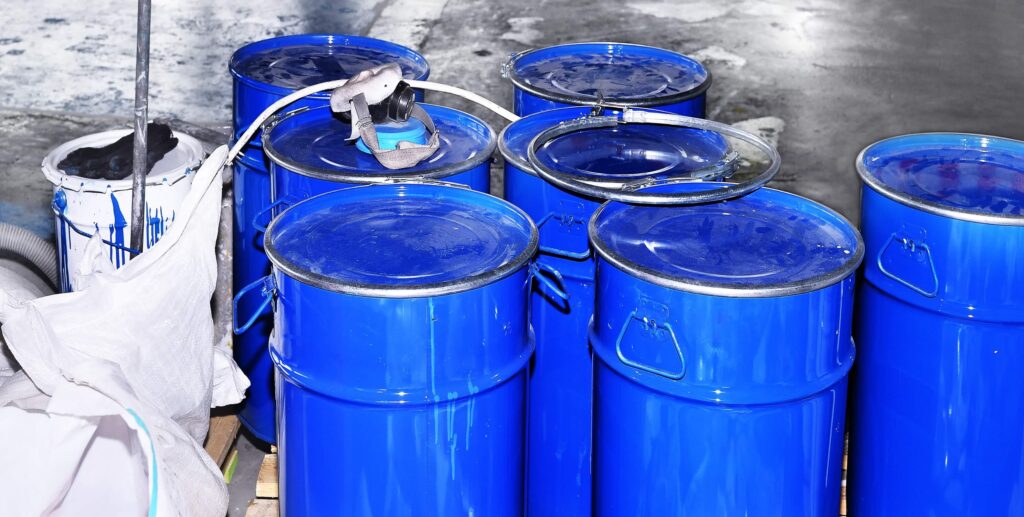You right remember learning about John D. Rockefeller and his empire of oil in school. One of his major selling points for oil back in the day was kerosene. It’s derived from crude oil and gained a lot of popularity as light fixture fuel and became available across the country.
In the present day, it’s mainly used for jet fuel and home heating. In this guide, I’ll be breaking down what you need to know about kerosene heating in the modern world. I’ll be covering the basics and anything important that you should know! Let’s get started!
Kerosene: What is it?
Kerosene is a type of low-viscosity heating oil. It’s a clear flammable liquid that is based on petroleum. Its flashpoint is usually anywhere between 100-150 degrees Fahrenheit. It will also freeze (meaning turns into a gel) once the temperature reaches around -40 degrees Fahrenheit. Unlike heating oil which tends to gel at around 16 degrees Fahrenheit, kerosene can be stored in much colder environments.

What Use Does Kerosene Have?
Originally used in the 1800s, it’s a fuel source that powers lighting fixtures. It was incredibly popular, but it eventually dropped in price as a result of the rise of heating oil. Electric heating also played a role in kerosene’s downfall from the top as electric heating became more common in the US. The inclusion of electric lamps, which don’t need to refuel oil made kerosene deliveries almost non-existent.
At present, kerosene is mostly used as a fuel source for home heating systems. It’s also a very important ingredient in jet fuel that helps aircraft fly. It can also be added to heating oil as an additive that allows you to mix it into your heating oil.
How’s Kerosene Different from other Forms of Heating Oil?
While kerosene is very similar to heating oil, you can’t change between the two. There are quite a few important differences between the two. I cover them a bit more in-depth in this post. One of the biggest differences is that kerosene has a lower flash point than heating oil. The flash point for kerosene usually starts at around 100 degrees Fahrenheit which makes it more hazardous than heating oil. Heating oil must first be atomized and then heated up to 140 degrees Fahrenheit for it to ignite.
However, one of the benefits of kerosene is that it has a lower freeze point than heating oil. It will usually begin to gel up around -40 degrees Fahrenheit! Unlike heating oil that will start to gel up at 16 degrees Fahrenheit. This makes it much more suitable for colder environments. In places where temperatures will usually be significantly below freezing, kerosene is a must-use.

Can You Add Kerosene into your Heating Oil Tank?
There is a very thin line for what you can and can’t do with kerosene heating. While it’s similar enough to be mixed in and burned with heating oil, it’s not similar enough to replace heating oil completely. It’s typically ok to add kerosene into a heating oil tank that’s full. But it’s NOT ok to fill an empty heating oil tank with kerosene for a long period. Your heating oil equipment can become damaged permanently if it burns kerosene in the long term.
However, some technicians recommend adding small amounts of kerosene to your tank as a periodic cleanser. Think of it like a pallet cleanser when you go to a fancy restaurant. But, you can also use other types of additives to do this as well.
But in the instance that you run out of heating oil, DO NOT put kerosene in your tank. In this instance, run to the gas station and grab 5-10 gallons of diesel fuel. This will hold you over until your next delivery of heating oil comes. We go over this in more depth in this article here.
Can You Switch from Heating Oil to Kerosene?
If you wish to make the switch to kerosene from heating oil, then you will need to have a complete system overhaul. This will include swapping out all of your system parts that are for heating oil, to kerosene-specific parts. If you live in extremely cold climates like Alaska, then this is highly recommended. It’s also far more suitable for colder weather environments due to its low flash point.
The biggest thing to be aware of, however, is that kerosene is not as readily available as heating oil. That is why making the switch from heating oil is so uncommon, especially in the Northeast. It is very hard to come by and even if it’s cheaper per gallon than heating oil, it’s much harder to find. It is better as an additive that you can put into your tank to prevent it from gelling in the colder months of the year.
Happy Heating,
Hunter



